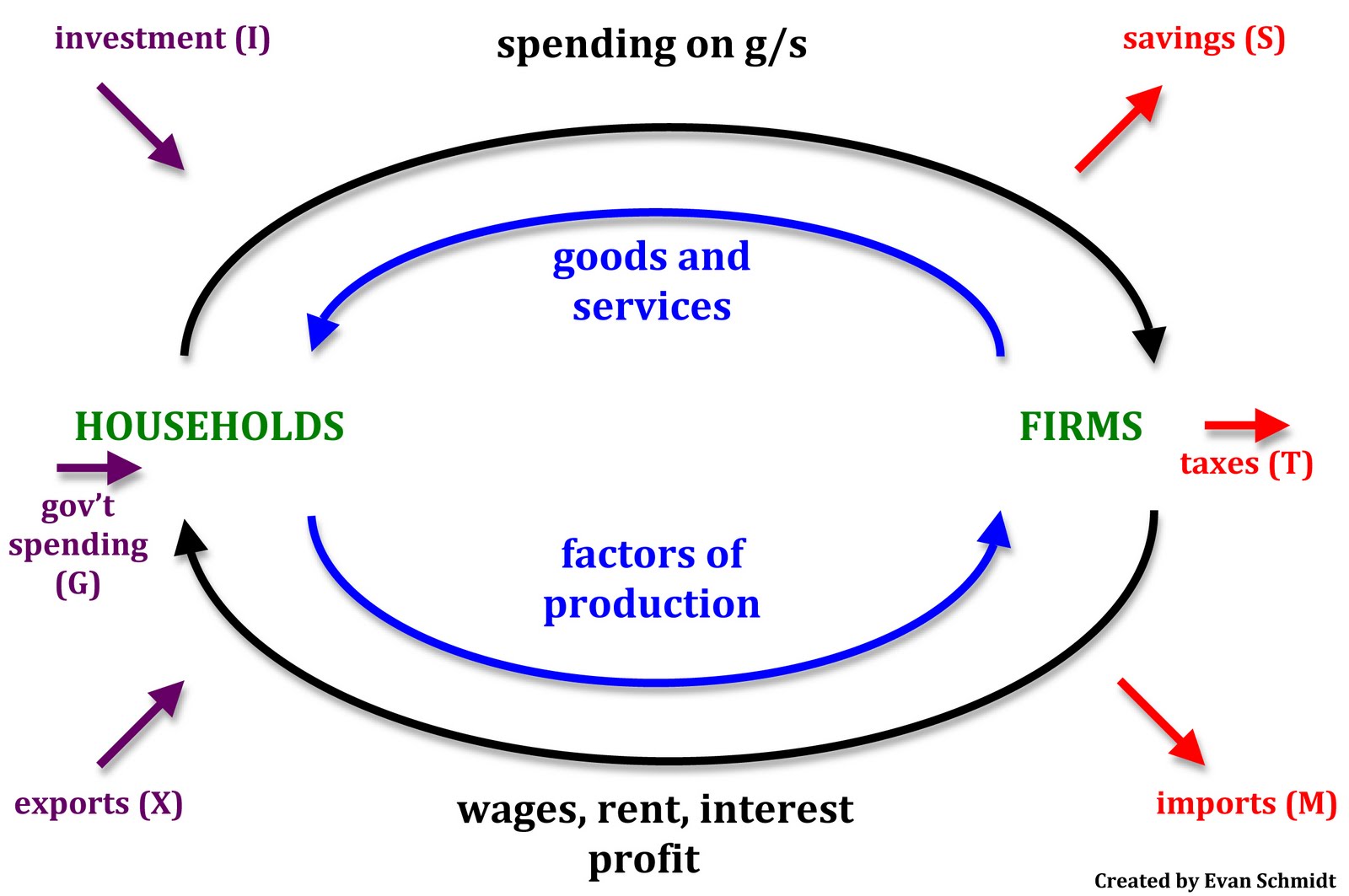
Schmidtomics An Economics Blog Circular Flow of
From a simple version of the circular flow, we learn that—as a matter of accounting—. gross domestic product(GDP) = income = production = spending. (31.28.1) (31.28.1) g r o s s d o m e s t i c p r o d u c t ( G D P) = i n c o m e = p r o d u c t i o n = s p e n d i n g. This relationship lies at the heart of macroeconomic analysis.

Understanding the Circular Flow of and… tutor2u Economics
What Is Circular Flow Of Income? A circular flow of income is an economic model that describes how the money exchanged in the production, distribution, and consumption of goods and services flows in a circular manner from producers to consumers and back to the producers.
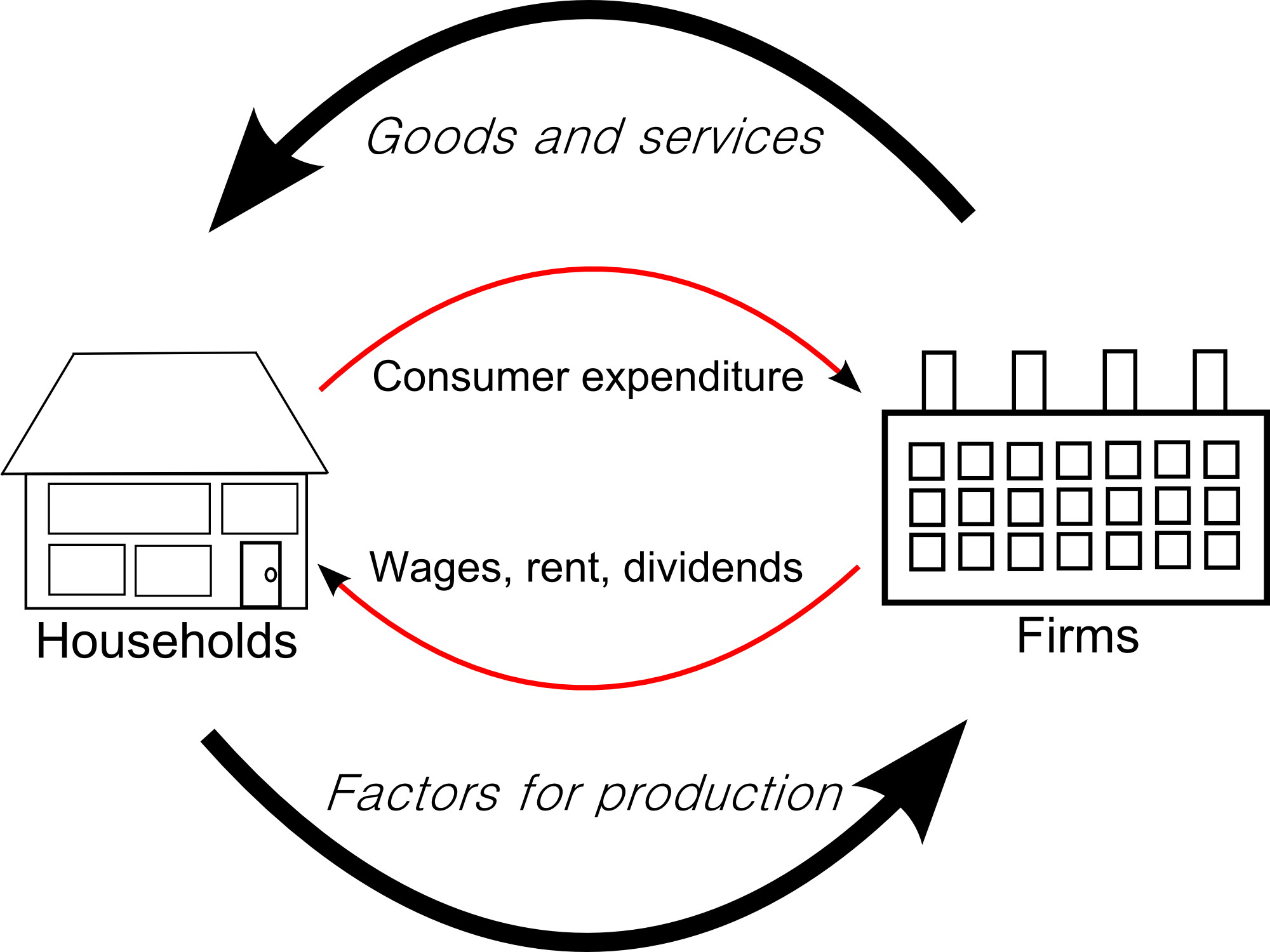
What are the main features of the five sector circular flow model? How is equilibrium achieved
Circular Flow of Income Basic Concept of the Circular Flow of Income. The Circular Flow of Income represents the flows of money and goods exchanged within an economy. It's a model that helps depict how money and goods move through an economy. There are typically two main agents in the model: households and firms. The Role of Households and.
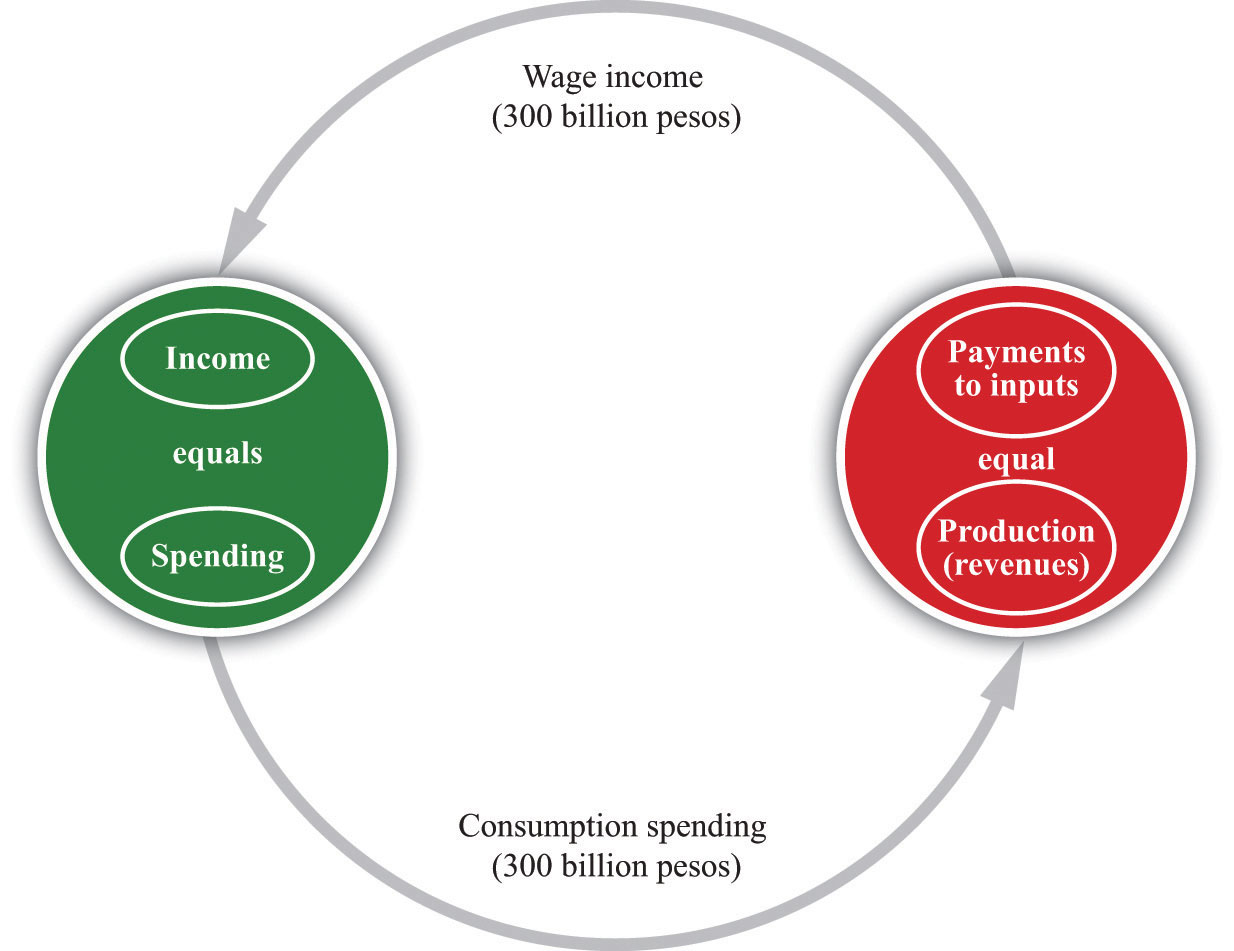
The Circular Flow of
The circular flow of income model is a simplified representation of the flow of money, goods, and services between households and firms in an economy. In the News Teaching Activity - BoE warns against early interest rate cut (Nov 2023) 2.4.1 Circular Flow Model (Edexcel A-Level Economics Teaching PowerPoint)

Circular Flow of and ExpenditureFour Sector Economy Businesstopia
The Circular flow of income Income (Y) in an economy flows from one part to another whenever a transaction takes place. New spending (C) generates new income (Y), which generates further new spending (C), and further new income (Y), and so on.
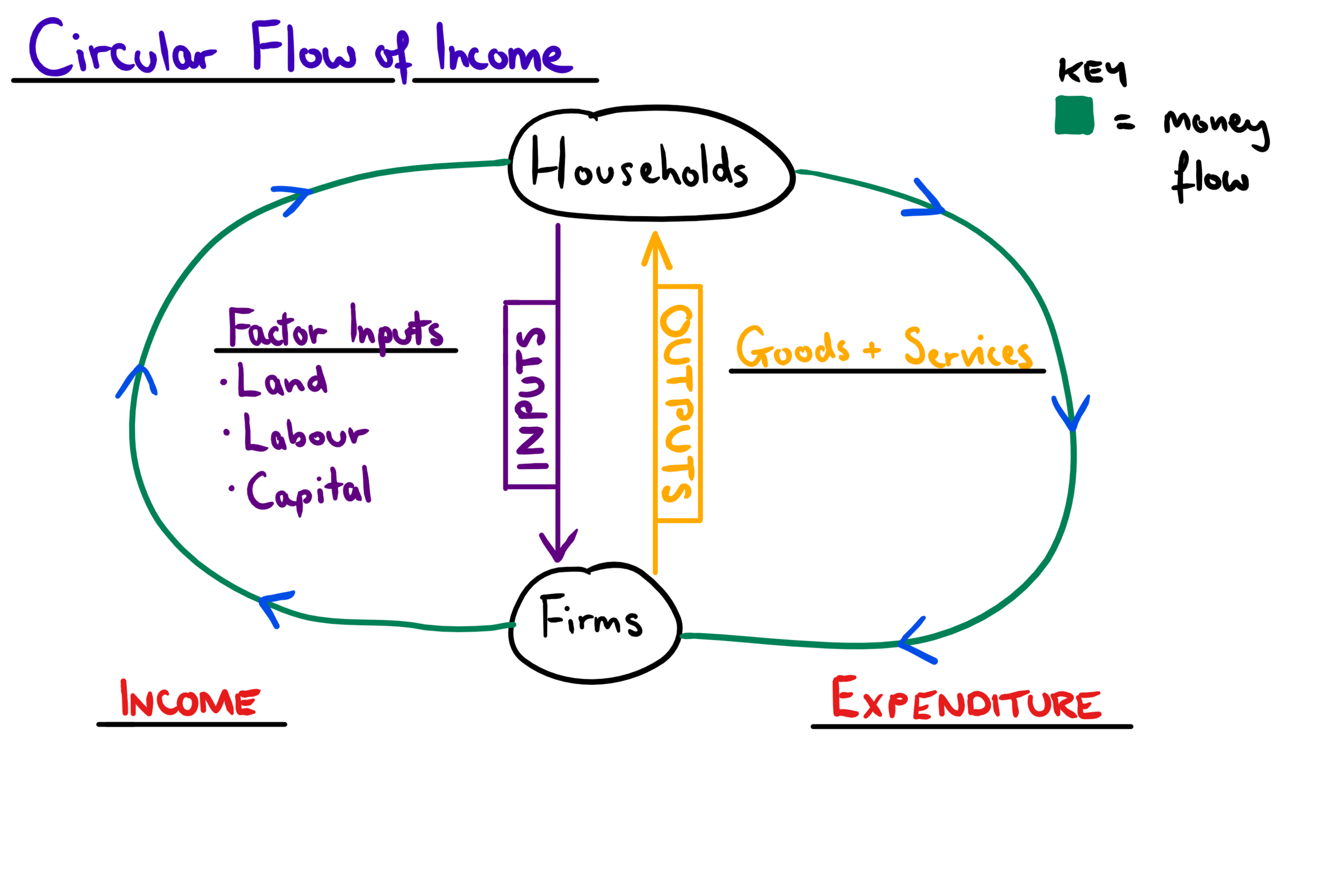
The Circular Flow of — Mr Banks Tuition Tuition Services. Free Revision Materials.
The Circular flow of income diagram models what happens in a very basic economy. In the very basic model, we have two principal components of the economy: Firms. Companies who pay wages to workers and produce output. Households. Individuals who consume goods and receive wages from firms.
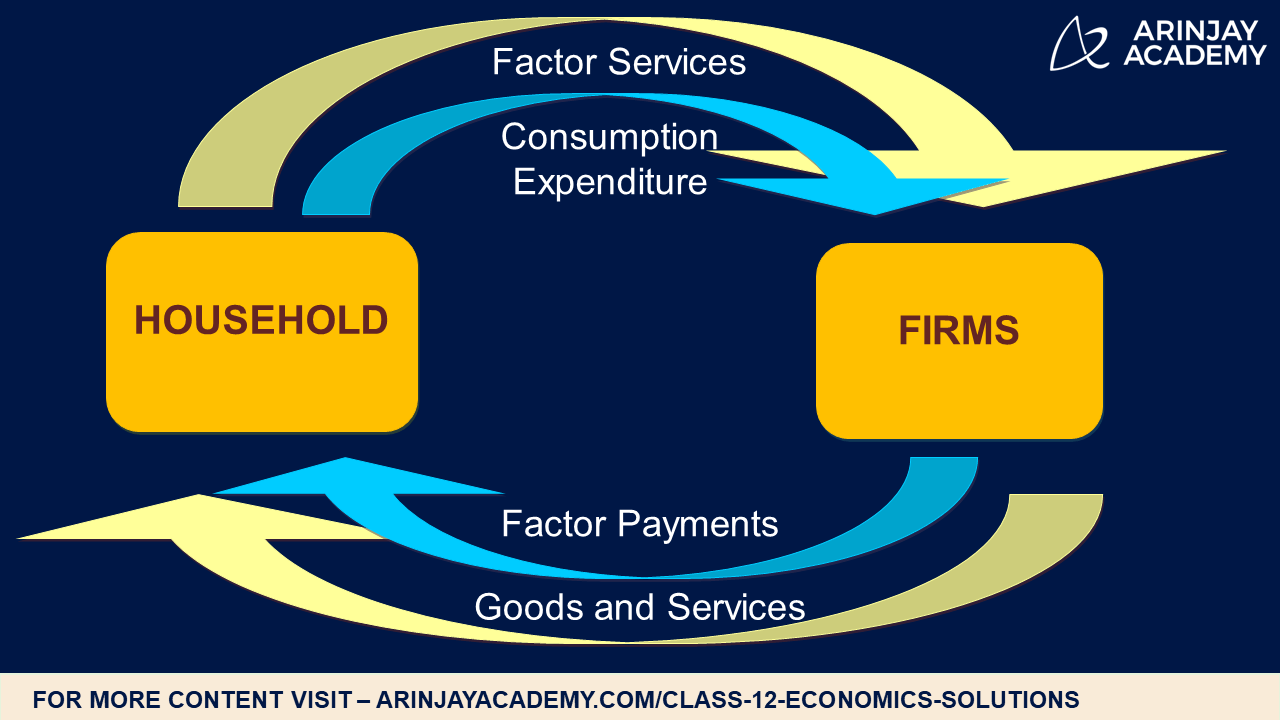
Explain Circular flow of in two sector economy Arinjay Academy
The circular flow diagram illustrates the equivalence of the income approach and expenditures approach to calculating national income. In this diagram, goods, services, and resources move clockwise, and money (income from the sale of the goods, services, and resources) moves counterclockwise.

Circular flow of in Two Sector economy Economics Class 12 Macroeconomics YouTube
What is the circular flow? The circular flow of income and spending shows connections between different sectors of an economy

Circular flow of A Level Economics YouTube
The circular flow of income demonstrates how economists calculate national income, or gross domestic product (GDP). Contents show The Dual Categories for Economic Actors, Markets, and Cycles Within this model, all economic actors are placed into one of two categories: households or companies (firms).

Circular Flow of Circular flow of Finance blog, Finance
Circular Flow Model. In economics, a good model to start with is the circular flow diagram, shown below.. The three criteria used to judge eligibility are income, full-time or part-time attendance, and the cost of the institution. According to the 2011-2012 National Postsecondary Student Aid Study (NPSAS:12), in the 2011-2012 school year.

Circular Flow Diagram definition and examples (2022)
The economy can be thought of as two cycles moving in opposite directions. In one direction, we see goods and services flowing from individuals to businesses and back again. This represents the idea that, as laborers, we go to work to make things or provide services that people want. In the opposite direction, we see money flowing from businesses to households and back again.
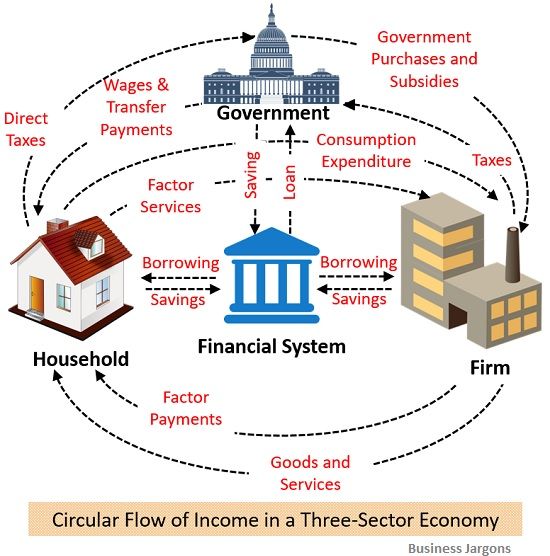
What is Circular Flow of definition, economic sectors, types, phases, twosector, three
A circular flow of goods and services result from factors of production and goods and services received. GDP can be measured as total expenditures, total income, or total revenue. Created by Sal Khan. Questions Tips & Thanks Want to join the conversation? Sort by: Top Voted Manu 10 years ago How is he profiting from his payment?
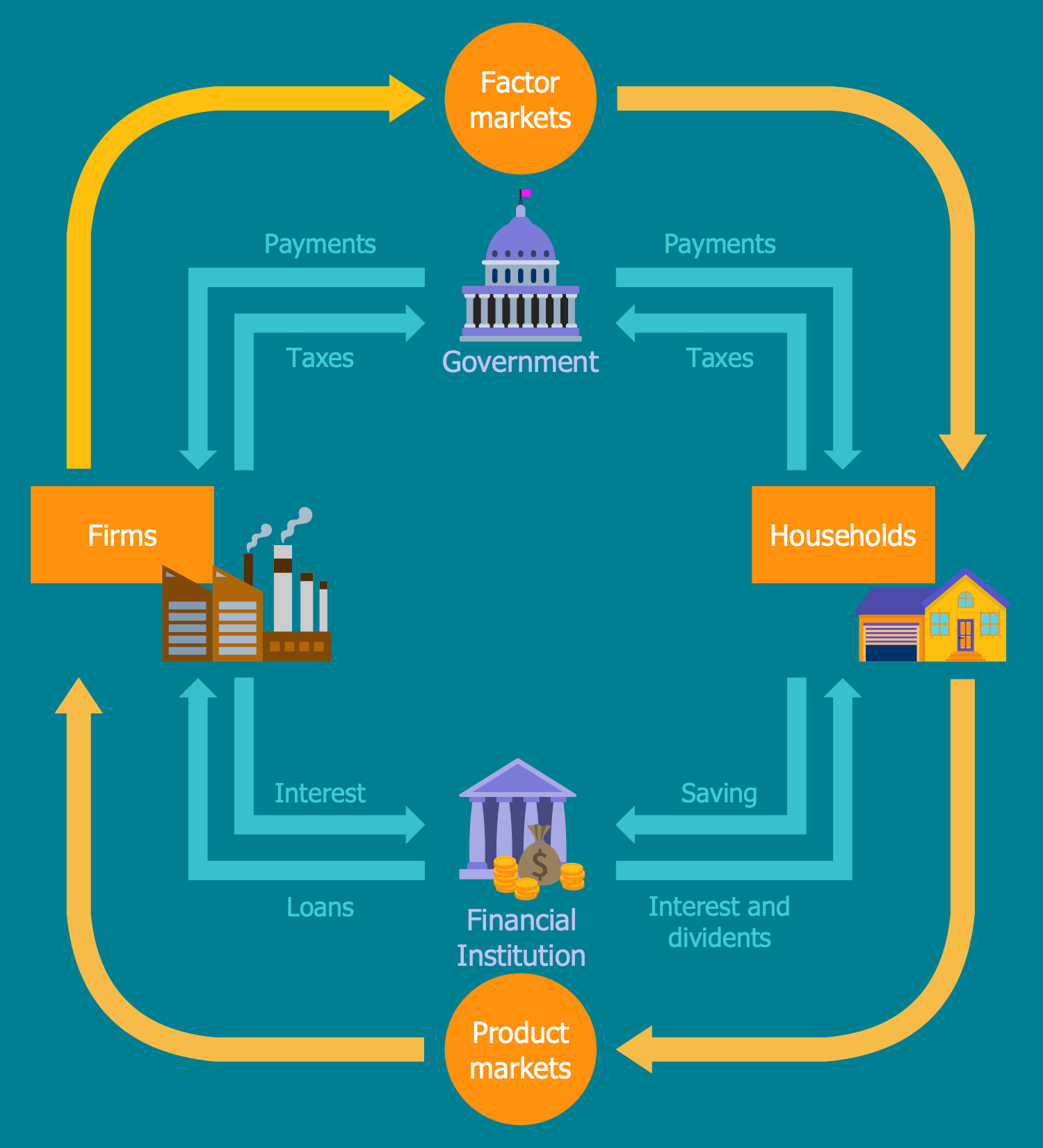
5 Sector Circular Flow Model
The circular flow model is a simplified representation of how money flows within an economy, illustrating the redistribution of income. It is crucial for calculating national income and is a key concept in macroeconomics. Circular flow models help in analyzing economic equilibrium, demonstrating the impact of government involvement and trade.

Circular flow of model explanation & example Management Gurus Call TheONE
The Circular Flow of Income is the economic concept of the constant flow of money. It shows the interdependence of different economic sectors. In addition, it highlights the link between earning and spending in an economy. Thus, it becomes vital to understand the income flow to understand the economic wealth of a nation.

5 Sector Circular Flow Model
What is Circular Flow of Income? The circular flow means the unending flow of production of goods and services, income, and expenditure in an economy. It shows the redistribution of income in a circular manner between the production unit and households. These are land, labour, capital, and entrepreneurship.

Circular Flow of Quintessential Education. IGCSE IB Tuition Specialists
The only difference in the circular flow of income between a closed economy and an open economy is that, in a four-sector economy, households purchase foreign-made goods and services (i.e., imports). Likewise, people of other countries purchase goods and services not produced domestically (i.e., exports).